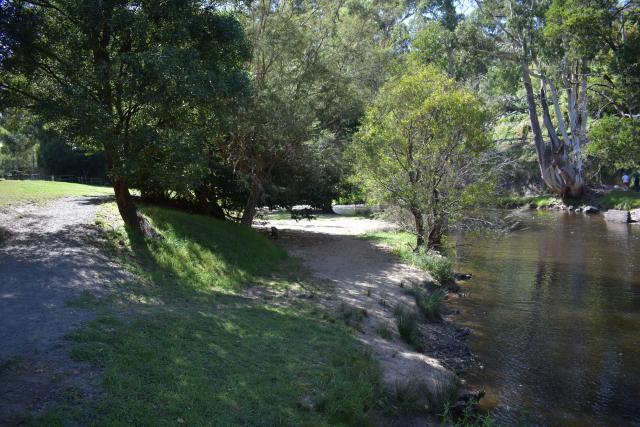By Callum Ludwig
Upper Yarra residents may notice that the Birrarung (Yarra) River will be flowing strongly this week, with a water release having started on Wednesday 10 May.
A release is being conducted by Melbourne Water, on behalf of the Victorian Environmental Water Holder, to help support the spawning of Australian Grayling species with the water flow encouraging it and other migratory fish to move downstream to spawn.
Environmental Water Resources Delivery Lead of Waterways and Catchment Operations at Melbourne Water James Frazer said the autumn water release aims to provide river flows that support the downstream movement of Australian Grayling throughout the river system.
“Adult Grayling live in freshwater, moving downstream to spawn in April and May. The eggs/larvae then drift out to sea before returning to freshwater as juveniles approximately 6 months later, during spring,” he said.
“As this species is mobile and migrates between fresh water and salt water, all reaches of the Birrarung (Yarra River) main stem are important.”
The release should be completed on Monday 22 May for a total of 6.2 gigalitres of water which will be closely monitored and controlled.
The Australia Grayling, also known as the cucumber mullet, cucumber fish or Yarra herring, is currently classified as threatened or vulnerable at the state and federal levels respectively. Pre-1970, it was thought to be extinct in Victoria but recent discoveries in the Yarra River below Dights Falls and another location upstream revealed it is rare but found over a wide area.
The Birrarung suits the Australian Grayling’s preference for rivers with a cool, clear, moderate flow, with a gravel substrate and alternating pools and riffles.
The water for the release comes from the Birrarung (Yarra’s) Environmental Entitlement which is set aside to help look after the health of the river and the species within it.
Fine sediment and organic material will also be flushed from the river bed, maintaining habitat for waterbugs and native vegetation.







